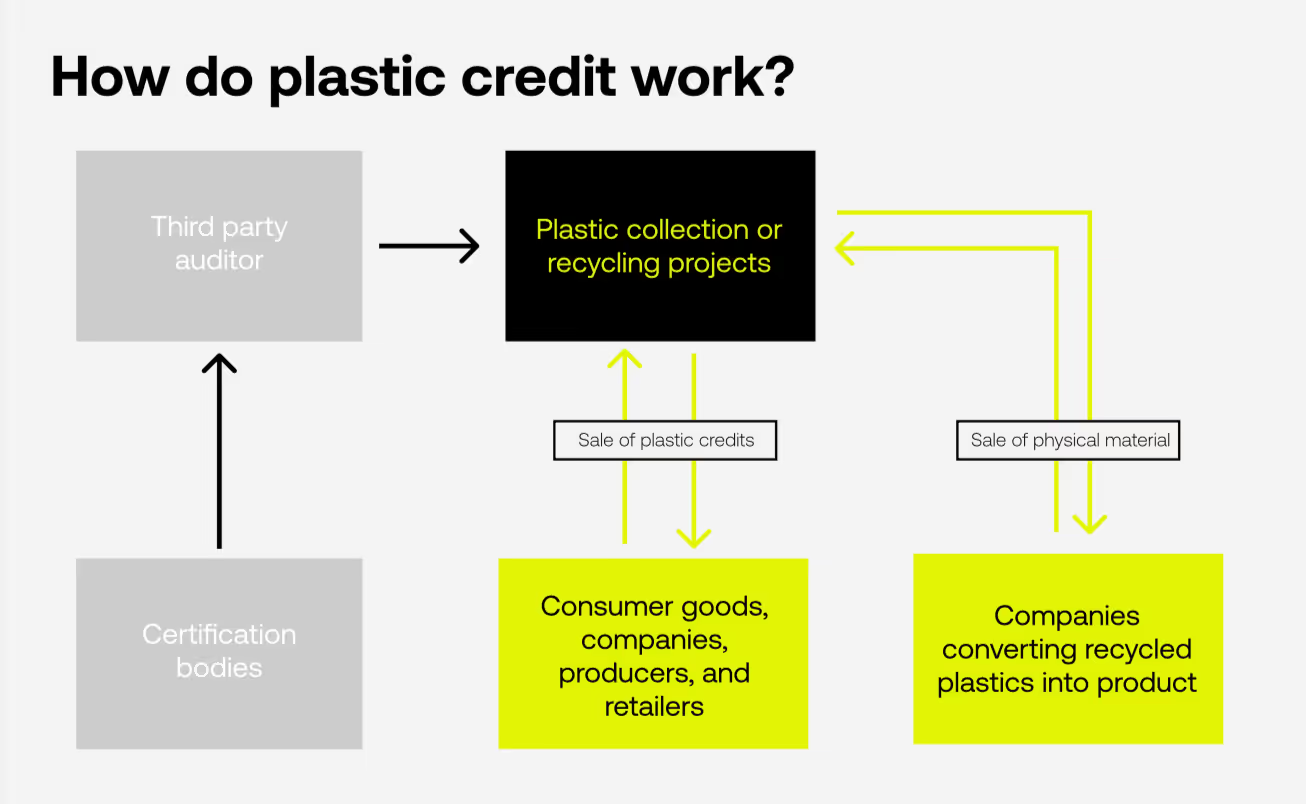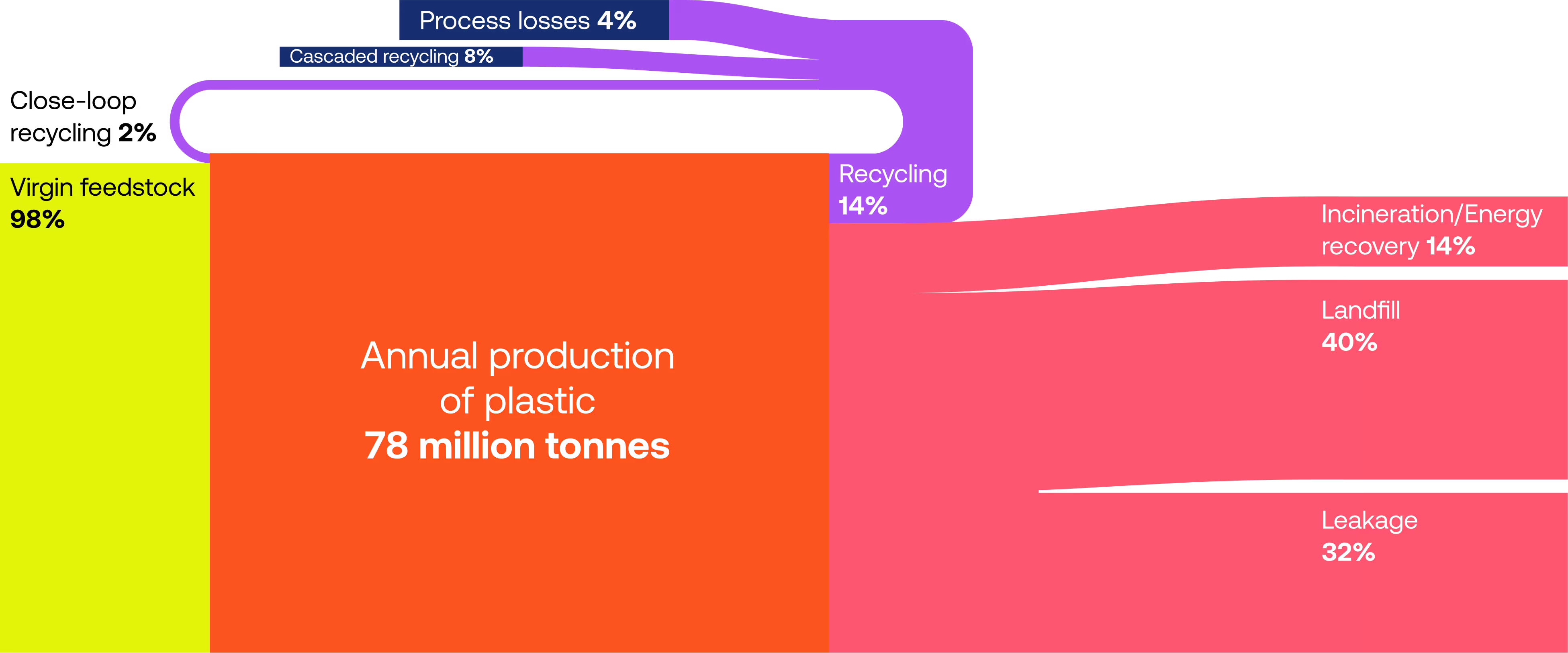Plastic Credits 101: An Introductory Guide to Plastic Credits
If you've ever taken a stroll along a beach or seen the devastating impact of plastic on the oceans in a documentary or video on social media, you know the plastic pollution crisis is no joke. It's a problem that's been plaguing our planet for years, and despite our best efforts, it doesn't seem to be slowing down anytime soon. But do not lose hope just yet… In the last few years, the tides have started to shift, and some incredible progress has been made all across the world in tackling this crisis, and the results are promising.

A funding gap in waste management? If you are reading this article, the chances are that you are privileged. Don’t worry I am not calling you out, I am just referring to the fact that you most likely live in a society or community that collects and treats your waste. Believe it or not, this is a privilege that 2 billion people in the world do not have. And that is where plastic credits come into play!
These little units that represent a specific quantity of plastic waste collected and/or recycled from the environment are the game-changer that we so desperately need to fund waste management.
With plastic credits, we can mobilise capital to fund environmental and waste management projects in areas disproportionately affected by the plastic pollution problem. It's kind of like the carbon market, except there is one major difference! We absolutely cannot solve the plastic waste crisis without solving the infrastructure funding gap.
Not to mention the fact that plastic credits are addressing a tangible, local problem and have immediate results in restoring marine ecosystems while increasing the quality of life in underprivileged communities, which are disproportionately impacted by global consumption. gasp.
Okay, but seriously unlike carbon credits that have been around for a while now, plastic credits are a relatively new concept, so there's still a lot of work to be done in terms of developing effective methodologies to measure plastic footprints and regulate the market. Whilst we are working with the major industry players to harmonise these efforts. we have further compiled all of our knowledge, insights, and experience in the plastic credits industry to create an introductory guide to plastic credits and offsetting. It's the first guide in our Plastic Credits 101 series, and it's an excellent resource for governments, businesses, and individuals looking to make a difference.

So, if you want to be part of the solution to the plastic pollution crisis, check out the Seven Clean Seas guides to plastic credits. They'll keep you up to date with the latest developments in the industry, and if you have any questions, we are just a stone's throw away, so come talk to us, we’re always happy to help. Together, we can make a difference and save our planet from drowning in plastic.
We will continuously update this (and the coming guides) with the latest developments in this area to make sure that you always have the latest up-to-date knowledge on the plastic credits topic. You can download the full guide to plastic credits here!


